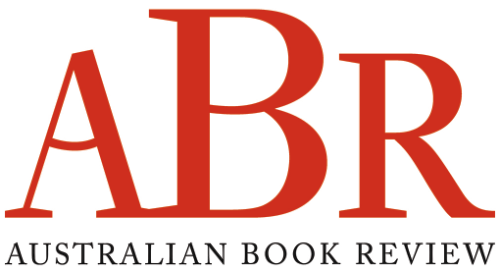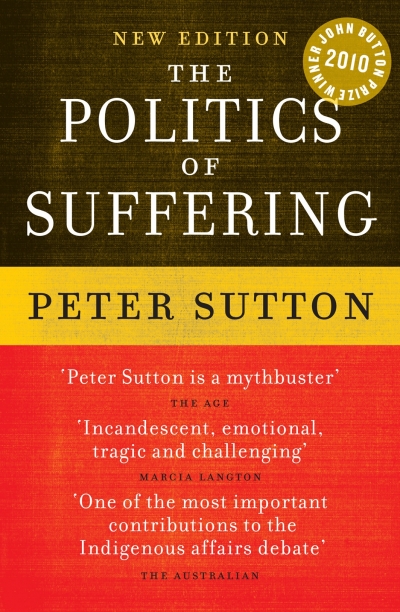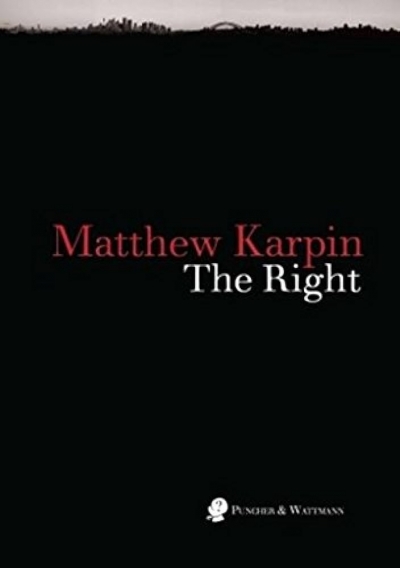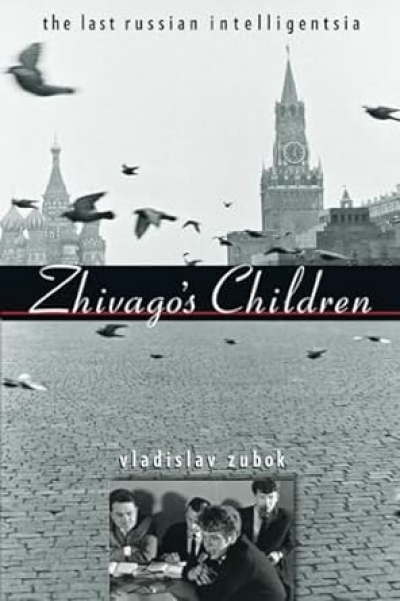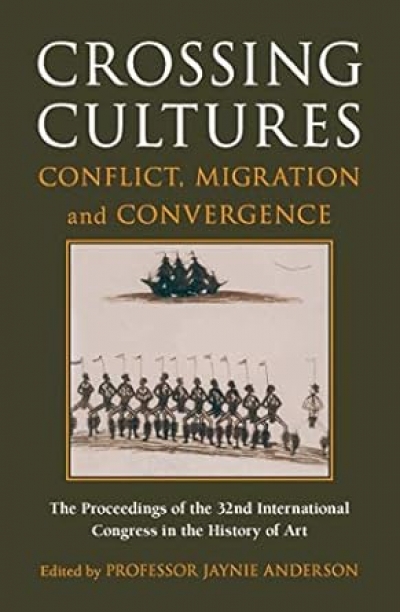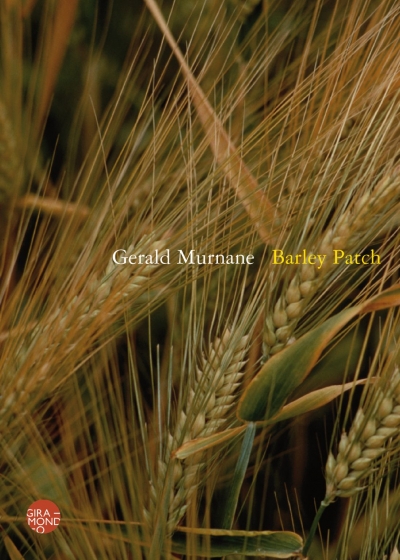Accessibility Tools
- Content scaling 100%
- Font size 100%
- Line height 100%
- Letter spacing 100%
Archive
The Politics of Suffering: Indigenous Australia and the end of the liberal consensus by Peter Sutton
The new English edition of a selection of Harwood’s poems comes with an excellent editorial pedigree. With his co-editorship of Gwen Harwood: Collected Poems 1943–1995 (2003) and his editorship of A Steady Storm of Correspondence: Selected Letters of Gwen Harwood 1943–1995 (2001), Gregory Kratzmann has established himself as the foremost of Harwood scholars. As a major critic of Australian poetry, Chris Wallace-Crabbe was an early champion of Harwood’s poetry, with a particular affinity, demonstrated in his own poetry, for the wit and wordplay that are distinguishing marks of Harwood’s work.
... (read more)There is a timeless quality about some Australian authors that causes one to applaud when discerning publishers revive their work for new generations of readers. Wakefield Press’s reissue of Alan Moorehead’s The Villa Diana, first published in 1951, presents this fecund author’s book of essays, now subtitled ‘Travels in Post-war Italy’ ($24.95 pb, 224 pp, 9781862548459). It provides a neat introduction to Moorehead’s famous camera-like eye and his beguiling prose, which, as one commentator put it, offers ‘a long conversation that you wish would never end’.
... (read more)Zhivago’s Children: The Last Russian intelligentsia by Vladislav Zubok
Cyril Hopkins’ Marcus Clarke edited by Laurie Hergenhan, Ken Stewart and Michael Wilding
At the moment, my hero is Rimbaud’s self in his Les Illuminations. Who knows who it will be tomorrow? And my heroine? Always Lo.
... (read more)